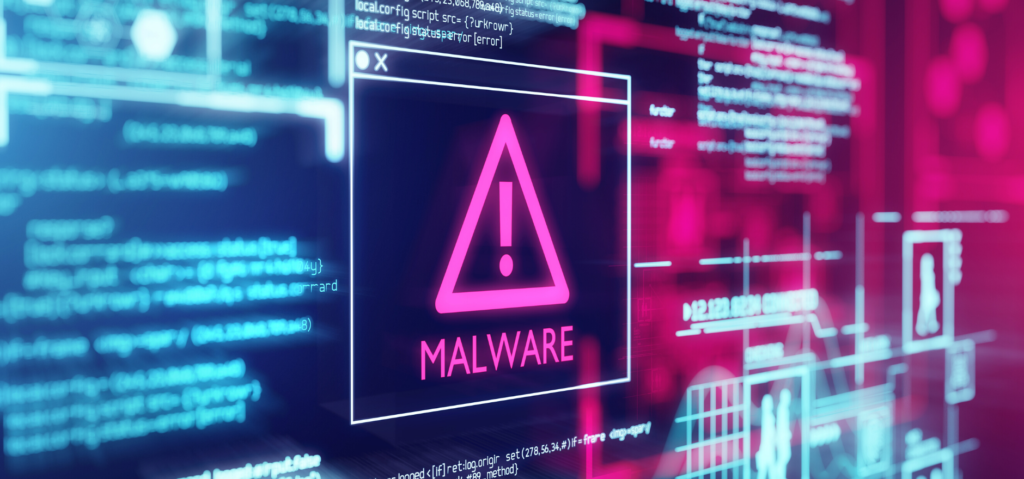Cyber Attacks – Security Systems Every Boss Needs to Know in 2020
Cyber-attacks are on the rise, and no business is immune to this trend. According to recent data, websites are attacked 94 times per day on average. The good news is when acting proactively, your business can ward off cybercriminals. One proactive measure you can take is providing employee security awareness training to help employees protect themselves, and your organisation, from security breaches.
The abuse of privileged accounts can cause catastrophic damage to public and private sector organisations. An attacker who exploits privileged credentials can map IT infrastructure and jump from system to system, accessing and exfiltration of critical information.
Some Pretty Serious Challenges
Enterprises experience significant challenges from both a management and a networking perspective when a multi-cloud approach is adopted. For instance, a single cloud environment requires only a networking connection to the cloud platform, while multi-cloud requires connectivity to multiple cloud platforms and may require connections between the individual cloud platforms. That doesn’t mean that a transition to multi-cloud will be easy.
But The Good Times are Ahead
Security teams are struggling to combat this threat both on-premises and in the cloud: A recent study, at ‘Centrify’, found that 74% of data breaches involve access to privileged accounts. But there’s good news. According to Gartner, by 2022, 90% of organizations will recognize that mitigation of privileged access risk is a fundamental security control, an increase from 70% today.
While privileged access management (PAM) is one of the most crucial aspects of effective cybersecurity, it requires a strategy that includes the right people, process, and technology.
Some Useful Tips for Security
When providing security awareness training for your employees, there are some essential topics that you should cover. Here are some of the most important areas you and your employees need to know about.
1- Develop a Privileged Account Password Policy
It’s critical to create clear policies that everyone who uses and manages privileged accounts can understand and accept. Put in place a privileged account password protection policy that covers human and non-human accounts to prevent unauthorized access and demonstrate compliance with regulations.
You should use long passphrases–rather than seemingly complex passwords–and multi-factor authentication for human accounts. For non-human (services and applications) accounts, passwords should be changed frequently.
2- Know About All in One Solution
Enterprises may choose to invest in a cloud service broker (CSB) or a cloud management platform (CMP) that adds an abstract layer to help manage the differences in cloud infrastructure. These tools generally offer provisioning, service monitoring, and analytics to help make the most of the various platforms in the environment.
There are all-in-one management solutions that offer to create some order out of the multi-cloud muddle. Many of the major cloud providers are aware of the shift to multi-cloud and are prioritizing features and tools that ease the burden for IT professionals. Still, enterprises are finding that one management solution likely won’t be enough; multiple management tools may be necessary to achieve the full benefits of a transition.
3- Cyber-security on the Road
Teach your employees to be careful when travelling or working from outside the office. Employees must understand they shouldn’t neglect security rules and practices when they’re away from the office because hackers are everywhere.
Instruct employees to either avoid these unsecured Wi-Fi networks altogether or to use a virtual private network (VPN) to help protect their data if they need to connect with an unsecured network. Employees should also use a VPN on their work devices to help secure company data and communications when working remotely. In particular, employees should be aware of the dangers of public Wi-Fi networks, which are often unsecured and easily accessible to hackers. It’s also possible for hackers to set up a fake network and eavesdrop or steal personal information from an unsuspecting network user.
4- Monitor Accounts with Analytics
Privileged accounts should be monitored continuously to identify outsiders leveraging stolen credentials, insiders that are not following policies and procedures, and malicious insiders. Privileged user behaviour analytics solutions help you gain insight into privileged activity with a behavioural baseline based on machine learning algorithms that consider user activity, account behaviour, access behaviour, credential sensitivity, and similar user behaviour.
5- Password Safety Matters, After all
“70% of small and midsize businesses reported that their employee’s passwords were stolen in the last year.”
The best way to prevent company passwords from getting stolen is to teach your employees how to choose strong passwords. Educate them on email security practices and make sure they don’t use names, birthdates or number combinations such as “123” in their passwords. Also, ensure they use a unique password for each of their accounts and use two-factor authentication whenever it’s available.
During security training, stress the importance of password best practices. Explain that weak passwords can be easily intercepted by cybercriminals. For extra security, consider using a password manager to generate and store complex passwords. These passwords are much more difficult for Employees must understand to intercept, which can give you more protection against data breaches.
In a Nutshell
While cyber-attacks on the rise, it’s essential to provide your management with the cyber-security best practices they need to help prevent security breaches. However, for a completely secured management and data processing systems, MAKIN Technology provides the best solutions. Which are worth investment.
So what’s your plan for your office management and organization stuff?

